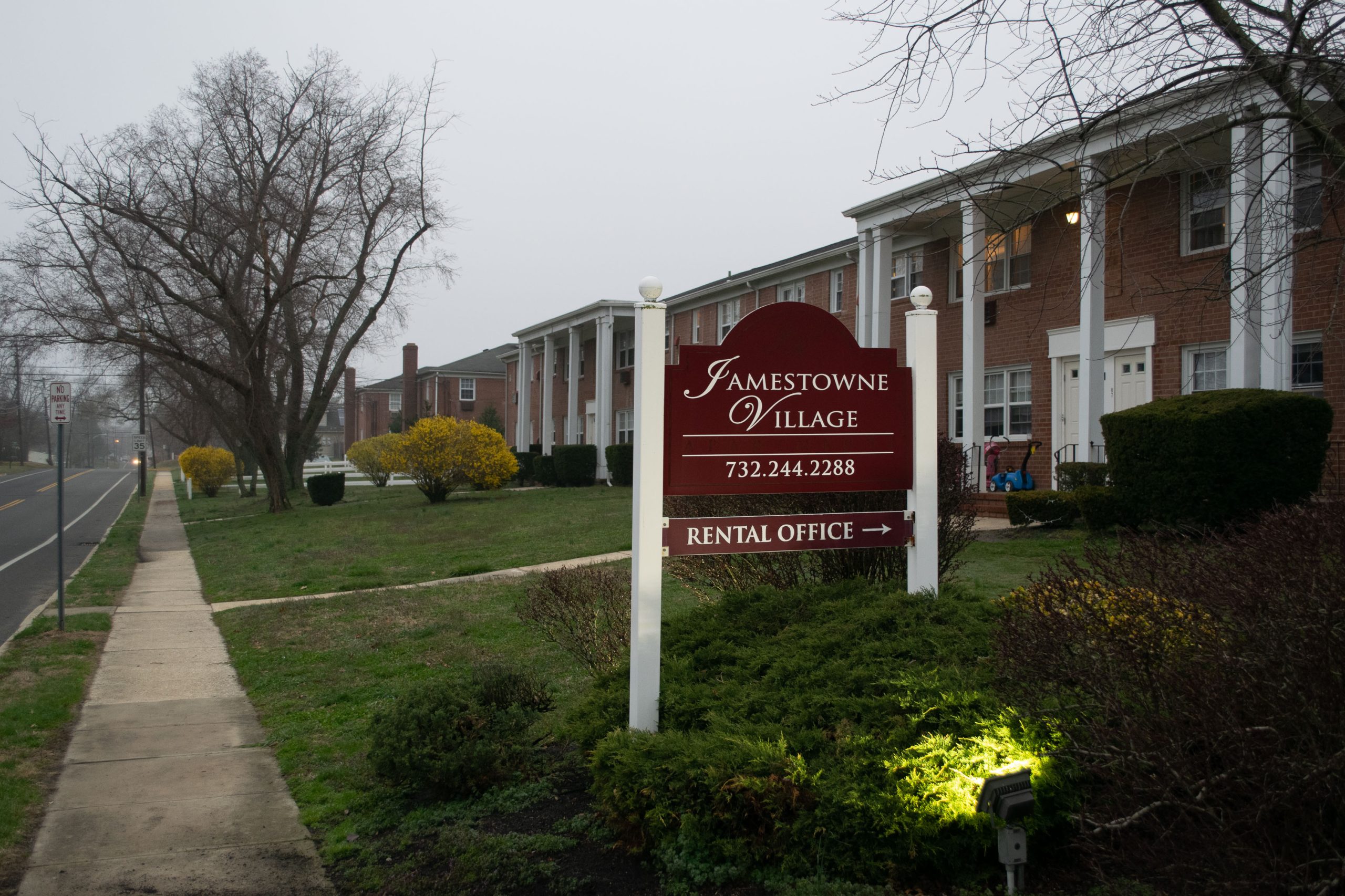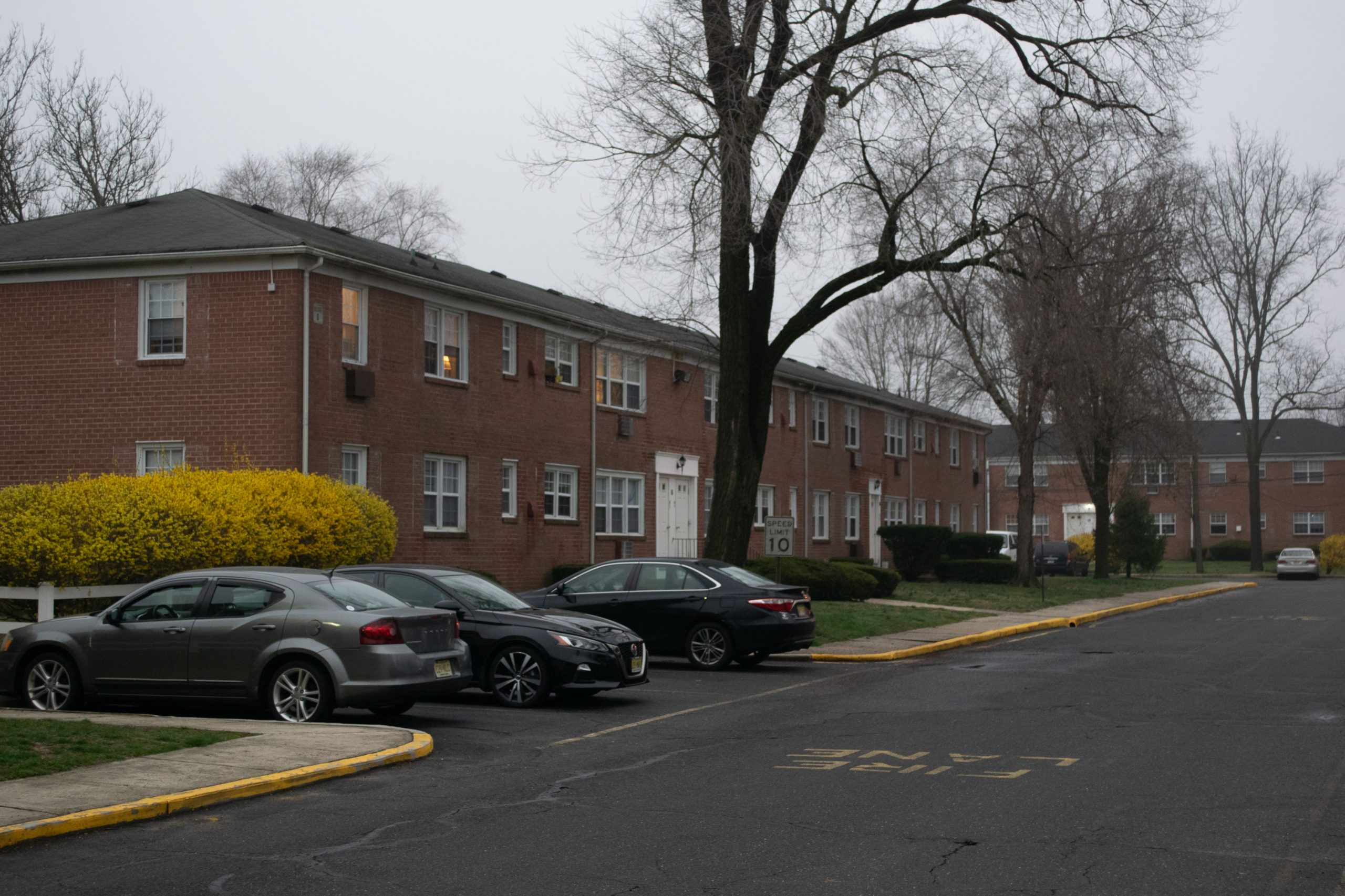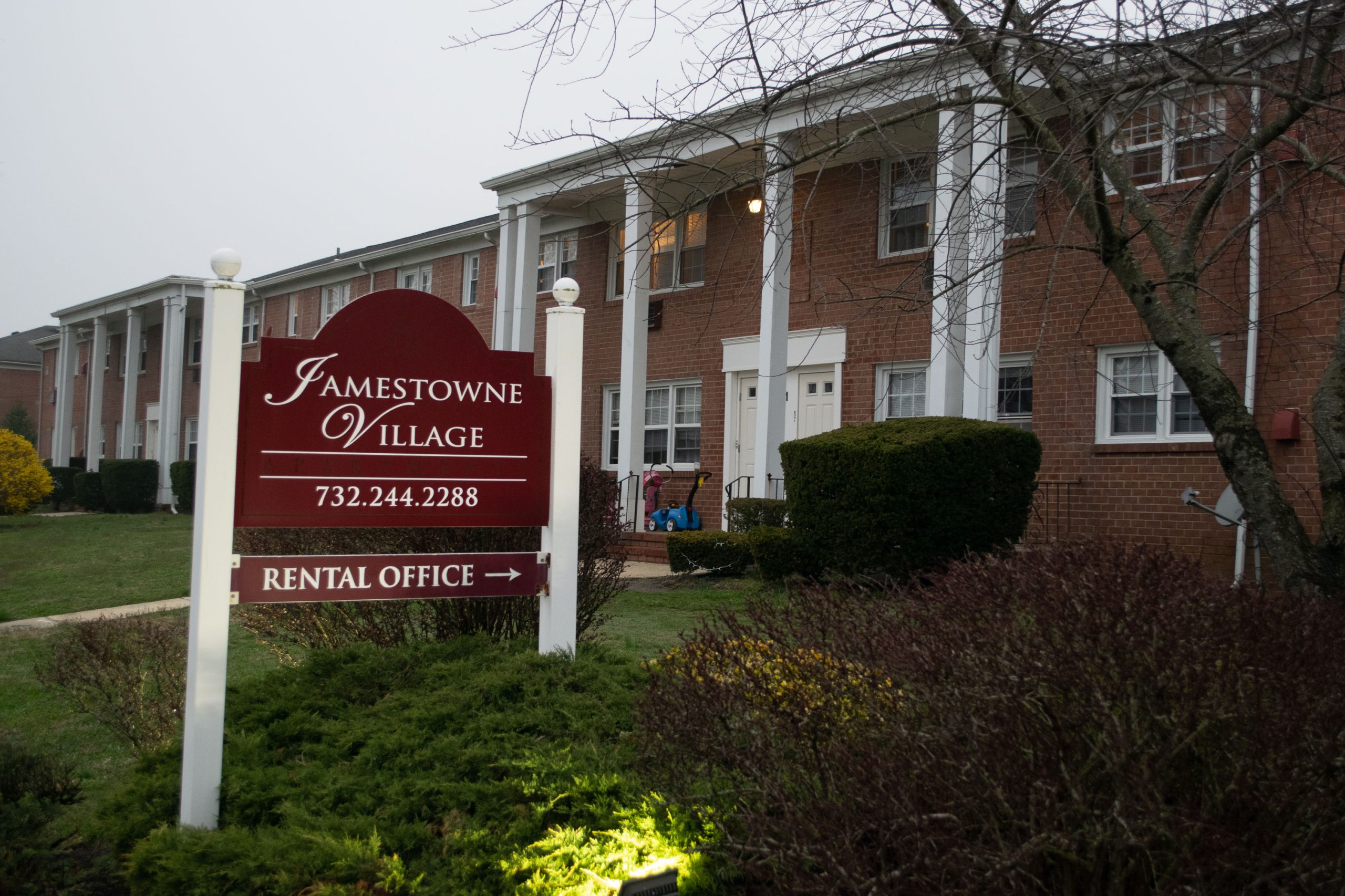A large-scale expansion of the Jamestowne Village Apartments in Toms River was denied by the township’s Zoning Board of Adjustment Thursday night, in a unanimous denial of an application that would have added 100 units to the already-dense complex.
The operator of the complex, JD Jamestowne LLC, had originally proposed an addition of 142 units to the site, but ultimately pared down its application, seeking to add 88 one-bedroom units, eight two-bedroom units and four three-bedroom units, for a total of 100 new apartments. The application called for the construction of six new multi-family residential buildings.
The complex, located at 160 James Street, already suffers from parking woes, at times, and has historically been the site of frequent calls to police. Thursday night’s hearing, which lasted about a half-hour, capped testimony that had gone on during three previous zoning board meeting, and ended with a unanimous vote to deny the application.
Board members cited a slew of issues that precluded them from granting a use variance to allow the complex to exceed the township’s density standards. The site plan proposed by the developer would also have removed the small amount of open space available to existing residents of the apartments while creating a scenario where parking would overflow onto local streets. JD Jamestowne’s representatives testified that their own estimates for parking came with as much as a 30 percent margin of error.
“I consider this a significant expansion of a non-comforming use,” said board member Jason Crispin, who initiated the motion for denial. “Recreational space is being sacrificed for more apartments. There are no buffers being offered to adjoining properties. This is a case of spot-zoning – and the application is not in accordance with the current master plan.”
Each board member articulated a number of reasons for their denial, most centering around squeezing 100 new rental units into a small space, the expected parking woes and a departure from the township’s master plan, which sets forth the Toms River-specific standards by which land use boards should be guided in their decisions.
Board member Nels Luthman said he saw the project as “detrimental to the public good” by adding more than 100 apartments to an area barely larger than a half-acre.
“The only way you can squeeze a hundred new units in there is to avoid building to current standards,” said Luthman. “The traffic engineer specifically said there could be a 30 percent margin of error. If you develop 100 new units, in the future there will be no opportunity to add parking to the site.”
It was also posited by many that Ocean County, likely in response to neighboring homeowners, would prohibit parking on James Street, as they have on other local streets, meaning there literally would be no room for residents of the new units to park if just 80 percent owned a vehicle.
“Although the applicant has talked about affordable housing, this is triggered by the building to begin with,” Luthman continued. “They’re not providing affordable housing in the existing units – they were against that plan! There are many sites in this town that are much more suitable for apartments that are much closer to public transportation.”
Richard Angioletti, another board member, worried that the construction of the new Veterans Administration outpatient center nearby on Hooper Avenue would bring more traffic to the general area, exacerbating the load added to the adjacent road system.
Board member Robert Alston also centered on the departure from the township’s master plan.
“There are no buffers, and recreational space is being used to build apartments in an already pre-existing non-conforming use,” he said.


Police, Fire & Courts
Toms River Man Sentenced to Prison for Assault, Eluding, Robbery, Threats










